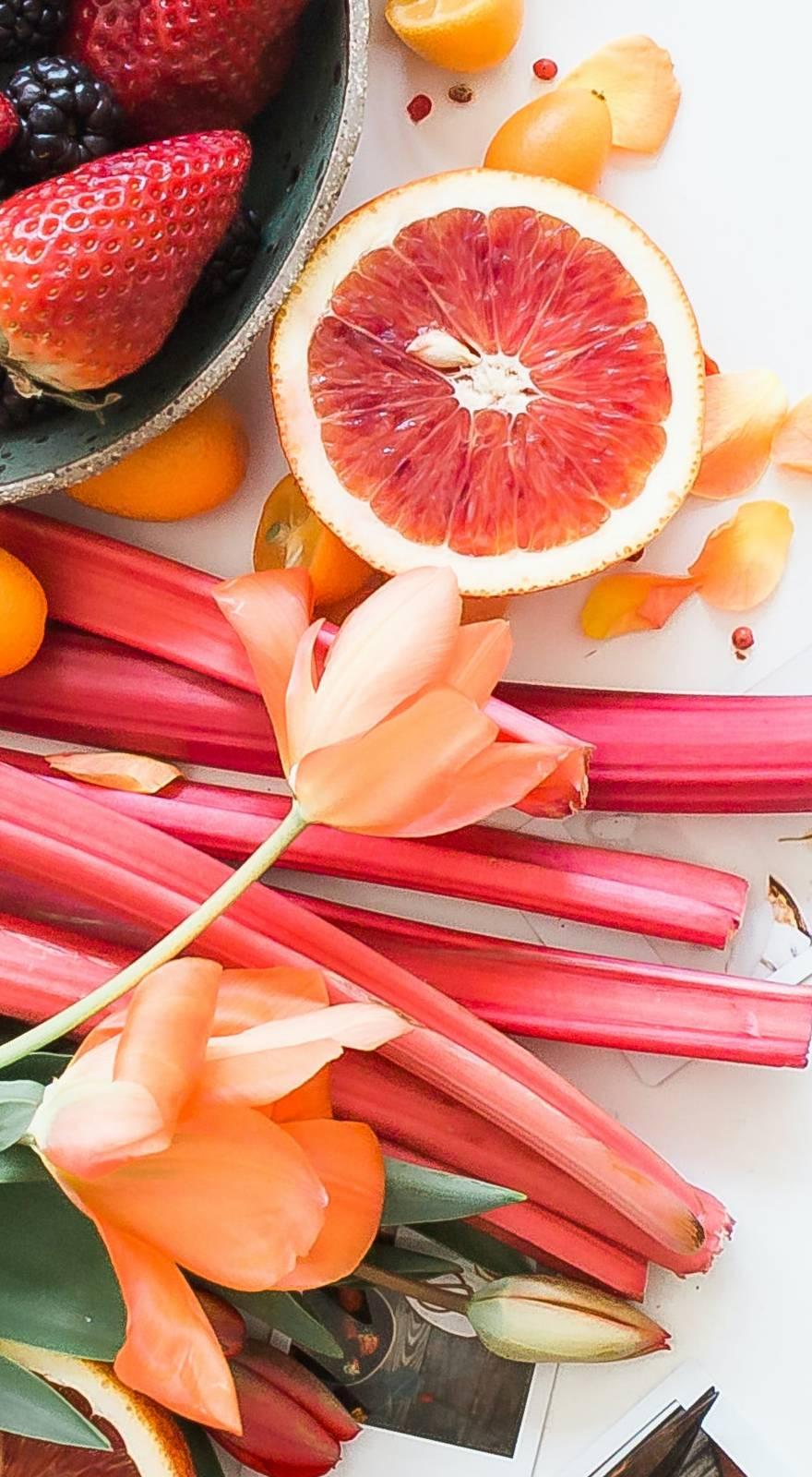Knowde Enhanced TDS
Identification & Functionality
- Ingredient Name
- Food Ingredients Functions
- Ingredients
- Carrageenan
- Food Additive Number
- E 407, INS 407
- Technologies
Features & Benefits
- The dosages are between 0.1% -0.5% and give excellent results in the end product
Using carrageenans is meat industry: Carragenans – semi-refined as well as refined are widely used in meat industry.
- Improve product quality by improving texture, cutting and bite
- Improve water binding in production and storing
- Increase yield by binding more brine
- Stabilize water-fat-protein emulsion preventing separation of the fractions which in effect gives a more homogenous, better cut
- Carrageenans disperse well in water without increasing density which makes injecting easier – low density is retained until heat treatment
- Improve freeze and thaw stability
- Benefits
Foodgel2000 is refined and food grade Kappa Carrageenan ( E407) extracted from Eucheuma cottonii seaweeds. It forms thermoreversible gels at sufficient concentration and is highly sensitive to potassium ion which greatly enhances its gelling properties. Foodgel2000 is stable in alkali medium.
Carrageenans are large, highly flexible molecules that curl forming helical structures. This gives them the ability to form a variety of different gels at room temperature. They are widely used in the food and other industries as thickening and stabilizing agents. A particular advantage is that they are pseudoplastic—they thin under shear stress and recover their viscosity once the stress is removed. This means that they are easy to pump, but stiffen again afterward.
All carrageenans are high-molecular-weight polysaccharides made up of repeating galactose units and 3,6 anhydrogalactose (3,6-AG), both sulfated and nonsulfated. The units are joined by alternating alpha 1–3 and beta 1–4 glycosidic linkages.
Applications & Uses
- Markets
- Applications
- Food & Nutrition Applications
- Owing to good synergy with gums, carrageenans are often used in following applications
- Pork and poultry smoked products
- Pork, beef and poultry sausages
- Luncheon meat and other block products
- Frankfurters
- Hamburgers, cutlets and other minced products
- There are three main commercial classes of carrageenan Foodgel2000
Kappa forms strong, rigid gels in the presence of potassium ions; it reacts with dairy Proteins. It is sourced mainly from Kappaphycus alvarezii.Iota forms soft gels in the presence of calcium ions. It is produced mainly from Eucheuma denticulatum.Lambda does not gel, and is used to thicken dairy products. The most common source is Gigartina from South America.The primary differences that influence the properties of kappa, iota, and lambda carrageenan are the number and position of the ester sulfate groups on the repeating galactose units. Higher levels of ester sulfate lower the solubility temperature of the carrageenan and produce lower strength gels, or contribute to gel inhibition (lambda carrageenan).
Many red algal species produce different types of carrageenans during their developmental history. For instance, the genus Gigartina produces mainly kappa carrageenans during its gametophytic stage, and lambda carrageenans during its sporophytic stage. See Alternation of generations.
All are soluble in hot water, but, in cold water, only the lambda form (and the sodium salts of the other two) are soluble.
When used in food products, carrageenan has the EU additive E-number E407 or E407a when present as "processed eucheuma seaweed", and is commonly used as an emulsifier.
In parts of Scotland (where it is known as (An) Cairgean in Scottish Gaelic) and Ireland (variety used is Chondrus Crispus known in Irish Gaelic variously as carraigín [little rock], fiadháin [wild stuff], clúimhín cait [cat's puff], mathair an duilisg [mother of seaweeds], ceann donn [red head]), it is known as Carrageen Moss it is boiled in milk and strained, before sugar and other flavorings such as vanilla, cinnamon, brandy, or whisky are added. The end-product is a kind of jelly similar to pannacotta, tapioca, or blancmange.
When iota carrageenan is combined with sodium stearoyl lactylate (SSL), a synergistic effect is created, allowing for stabilizing and emulsifying not obtained with any other type of carrageenan (kappa/lambda) or with other emulsifiers (mono and diglycerides, etc.). SSL combined with iota carrageenan, is capable of producing emulsions under both hot and cold conditions using either vegetable or animal fat.
Properties
Regulatory & Compliance
- Certifications & Compliance
Packaging & Availability
- Packaging Type

